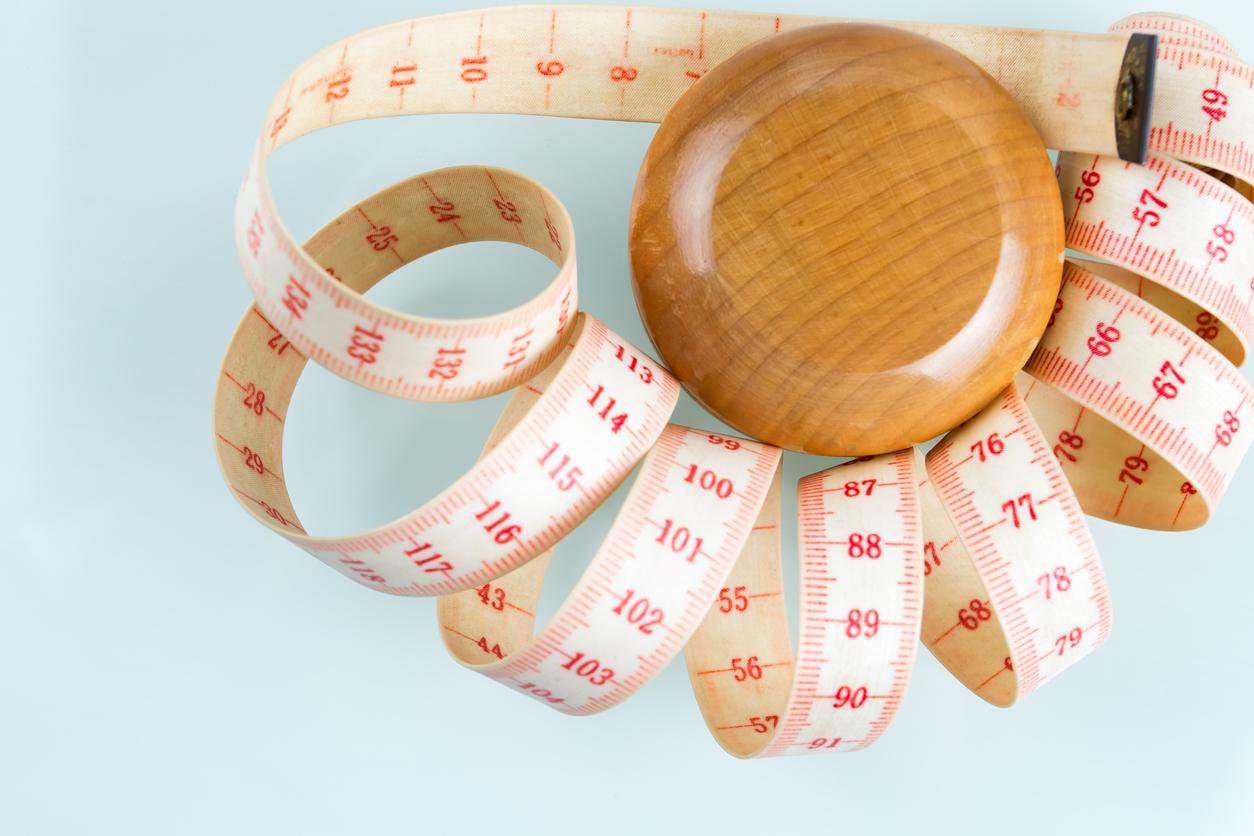
Burn fat fast in ketosis
The ketogenic diet, which has been used for almost a century for people with a form of epilepsy that is difficult to treat, is becoming increasingly popular. But what exactly does this diet do to your body? And who is it suitable for?
There are several variants of this diet, but the classic ketogenic diet is based on the almost complete exclusion of carbohydrates. Normally, your body breaks down carbohydrates into glucose and uses it as energy. The Nutrition Center therefore recommends that 40 to 70 percent of your daily energy intake consist of carbohydrates. Without carbohydrates, the body will look for another energy source. In the ketogenic diet, that source is fat. The fatty acid chains that the body stores are broken down by the body, after which the liver produces ketones. This process is called ‘ketogenesis’. Ketones are acids that can provide the body with energy instead of glucose. When there is an increased concentration of ketones in the blood, it is called ‘ketosis’ or ‘ketogenic state’.
What Happens in Ketosis?
During ketosis, your body uses fatty acids as a source to deliver ketones to the blood. This way, body fat is burned faster. This is also the reason that the ketogenic diet is increasingly used by people who want to lose weight. It takes about three to four days to get into a ketogenic state, which you can also achieve with a fasting period. When ketosis occurs, acetone is produced, among other things. You can notice this by the smell of the breath. There are also so-called keto strips or keto sticks for sale. By urinating on such a ketostick, you can check whether your body is in ketosis. The ketones make the blood more acidic and so does the urine.
Symptoms of ketosis
Breath that smells like acetone isn’t the only indication that the body is in ketosis. Especially at the beginning of following this diet, several complaints can occur, including:
- listlessness
- fatigue
- irritation
- low energy
- reduced condition
- digestive problems
- craving for sugar
These symptoms are temporary, but how long they last varies from person to person. In some people they go away after three weeks, while others last for up to three months. The body is slowly adapting to the new lifestyle and that sometimes causes complaints. After that time, the body will have more energy again.
Dietary Guidelines
According to the Wheel of Five, your daily energy intake should look like this: 10 to 25 percent in protein, 20 to 40 percent in fat and 40 to 70 percent in carbohydrates. This is different with the ketogenic diet. The strictest and oldest form recommends that your energy intake be 90 percent fat, 5 percent protein, and 5 percent carbohydrates, weighing all foods. Other variants of the diet offer slightly more room for carbohydrates and proteins, such as 10 and 20 to 30 percent respectively on the low-glycemic index diet. With those forms, the amounts do not have to be right down to the calorie and you can estimate the energy intakes. Too little protein and fat causes the body to break down muscle tissue for energy.
What can and can’t you eat?
Fruit is only allowed to a limited extent in the ketogenic diet, so it is necessary to eat at least a wide variety of low-carbohydrate vegetables to get the necessary vitamins and minerals. However, with green vegetables, for example kale, spinach or broccoli, you are quickly at the right place.
Fat intake is extremely important in this diet, especially unsaturated fat. You can get this from oils such as olive oil, coconut oil, linseed oil and sesame oil. Nuts also contain a lot of unsaturated fat, but because of the carbohydrates present, you should not take too much of them according to this diet. Fish, meat and poultry contribute to protein intake without providing many carbohydrates.
Effect on epilepsy
The ketogenic diet has been used as a remedy for epilepsy patients since the 1930s. How it works exactly is not yet fully known, but a large number of patients benefit greatly from following this diet. The number of epileptic seizures decreased drastically in those for whom medicines did not work.
Who is it suitable for?
This diet can be followed by anyone, especially those who aim to burn fat quickly and lose weight without feeling hungry. For people with type 2 diabetes or epilepsy, guidance from a dietician is recommended. In diabetic patients, ketosis can progress to ‘ketoacidosis’, where a dangerous amount of ketones is present in the blood. Dietitians also have a lot of nutritional knowledge to offer to draw up a varied eating schedule.
Sources):

















